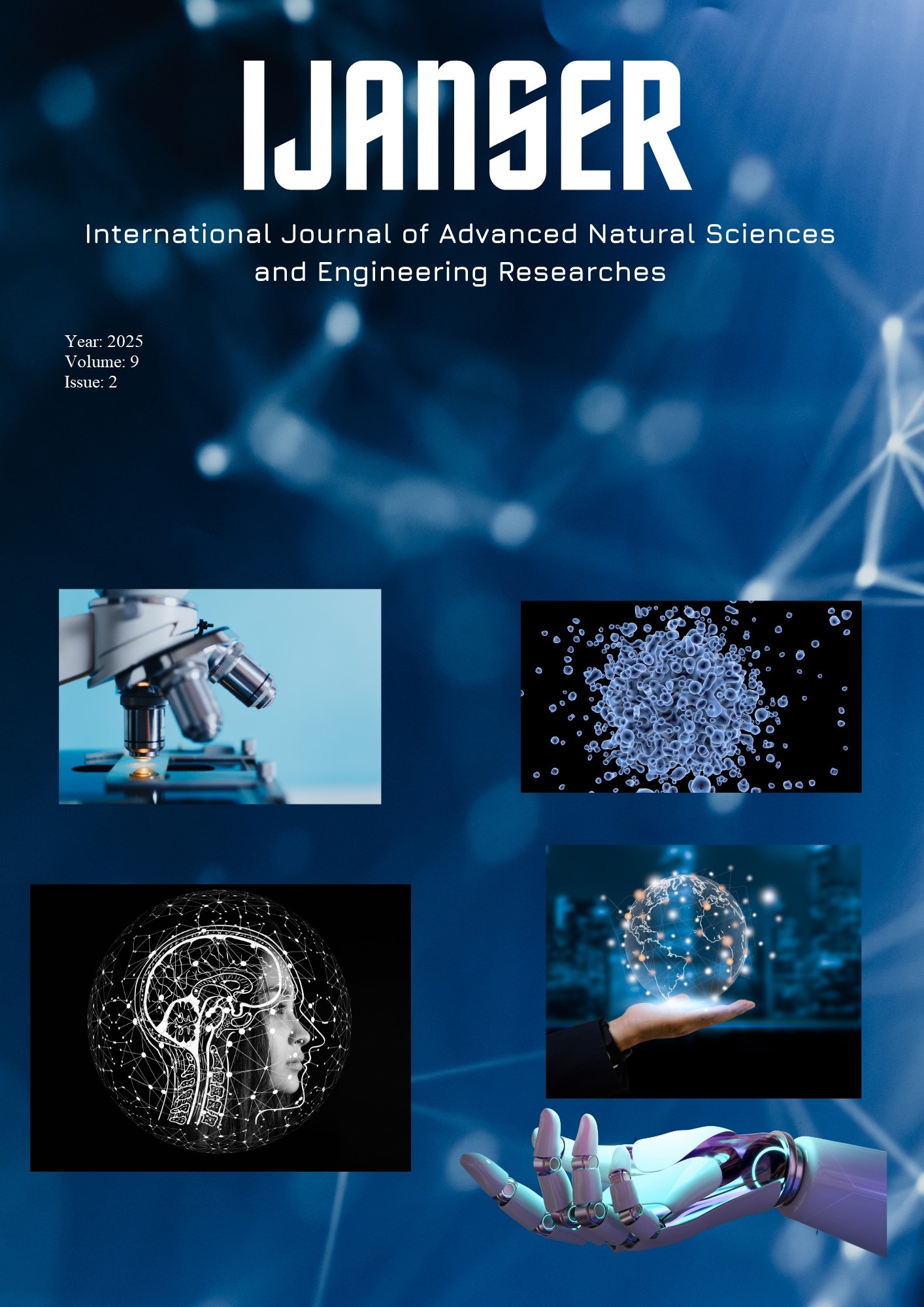A Comprehensive Review for Evaluating Impacts of Urbanization on Flood Risk Assessment Techniques
DOI:
https://doi.org/10.5281/zenodo.14823600Keywords:
Urbanization, IoT-Based Flood Monitoring, GIS, Remote Sensing, Smart Cities, Hydrological ModelingAbstract
Urbanization has amplified the vulnerability of cities to natural disasters, particularly urban flooding. The trends of past centuries reveal that unplanned urban growth, particularly in floodplain areas, amplifies vulnerability, leading to higher peak runoff and shorter lag times between rainfall and discharge. In under-developing countries, where rapid urbanization coincides with climate risks, face significant flood hazards due to inadequate planning, infrastructure strain, and changing land-use patterns. This study employs a comprehensive review of the impact of urbanization on flood risk tools. Through spatial analysis and hydrological modeling, the study identifies areas most at risk of flooding and simulates flood scenarios based on varying rainfall and urbanization patterns. It also highlights the tools and techniques vital for the identification of floods. The findings highlight the urgent need for smarter urban planning, with an emphasis on using data to guide decisions that can protect lives and property. Additionally, it recommends integrating real-time monitoring technologies to refine flood preparedness and response strategies.
Downloads
References
U Nations. Revision of world urbanization prospects. United Nations: New York, NY, USA, 2018.
Fan GF, He Y, Gu JQ, et al. 2012. The rainstorm disaster and its risk assessment based on GIS in Zhejiang Province. Chin Agri Sci Bull. 28(32):293–299. (In Chinese with English Abstract)
Wang, Y., Ding, Y., Zhang, J., Shao, H., & Zhang, H. (2024). Urban Flood Resilience Assessment of Zhengzhou Considering Social Equity and Human Awareness. Land, 13(1), 53.
LuPeng , Yifei Wang , Liang Yang , Matthias Garchagen , Xiangzheng Deng (2023). A comparative analysis on flood risk assessment and management performances between Beijing and Munich.
Ahmed, T. (2021). Urbanization and its impacts on floods using GIS—A case study (Master's thesis). Central University of Science and Technology, Pakistan.
Adeel, M., & Hassan, S. (2021). Urban expansion and its impact on land use changes in Rawalpindi, Pakistan. Sustainability, 13(22), 12842. https://doi.org/10.3390/su132212842
KN Dirks, JE Hay, CD Stow, and D Harris. High-resolution studies of rainfall on norfolk island: Part ii: Interpolation of rainfall data. Journal of Hydrology, 208(3-4):187–193, 1998.
Guillermo Q Tabios III and Jose D Salas. A comparative analysis of techniques for spatial interpolation of precipitation 1. JAWRA Journal of the American Water Resources Association, 21(3):365–380, 1985
Changhwan Kim and Dae-Hong Kim. Effects of rainfall spatial distribution on the relationship between rainfall spatiotemporal resolution and runoff prediction accuracy. Water, 12(3):846, 2020.
Saka, J. K., & Dhanjal, A. (2023). A hybrid deep learning model for multi-source flood susceptibility mapping in the Narmada River basin, India. Remote Sensing, 15(14), 3678.
Zhao, X., Yang, Y., Wu, C., Ma, X., & Chen, Y. (2023). A Deep Learning-Based Method for the Detection of Land Subsidence Using Multi-Source Data: A Case Study of Shanghai, China. Remote Sensing, 15(7), 1872.





